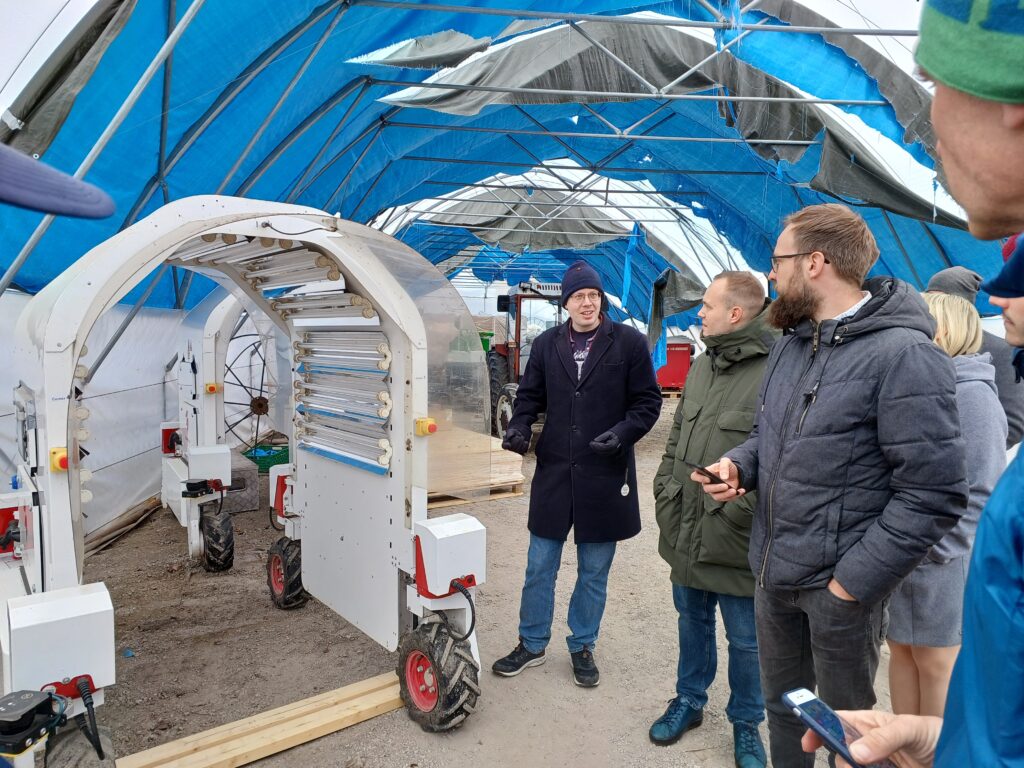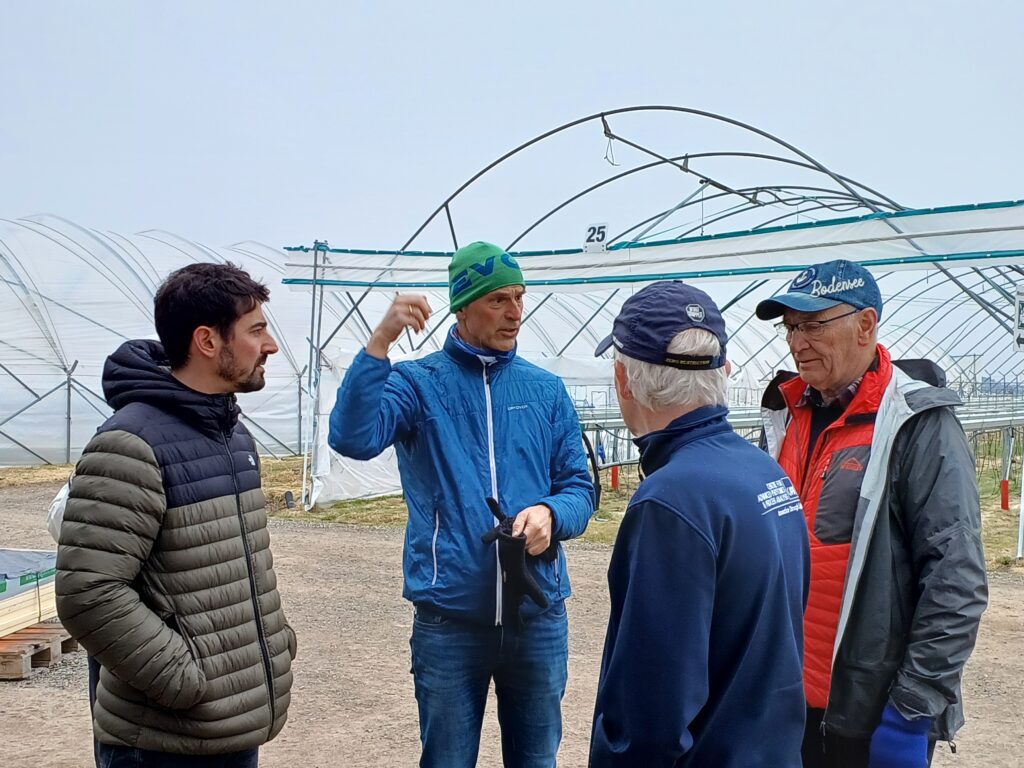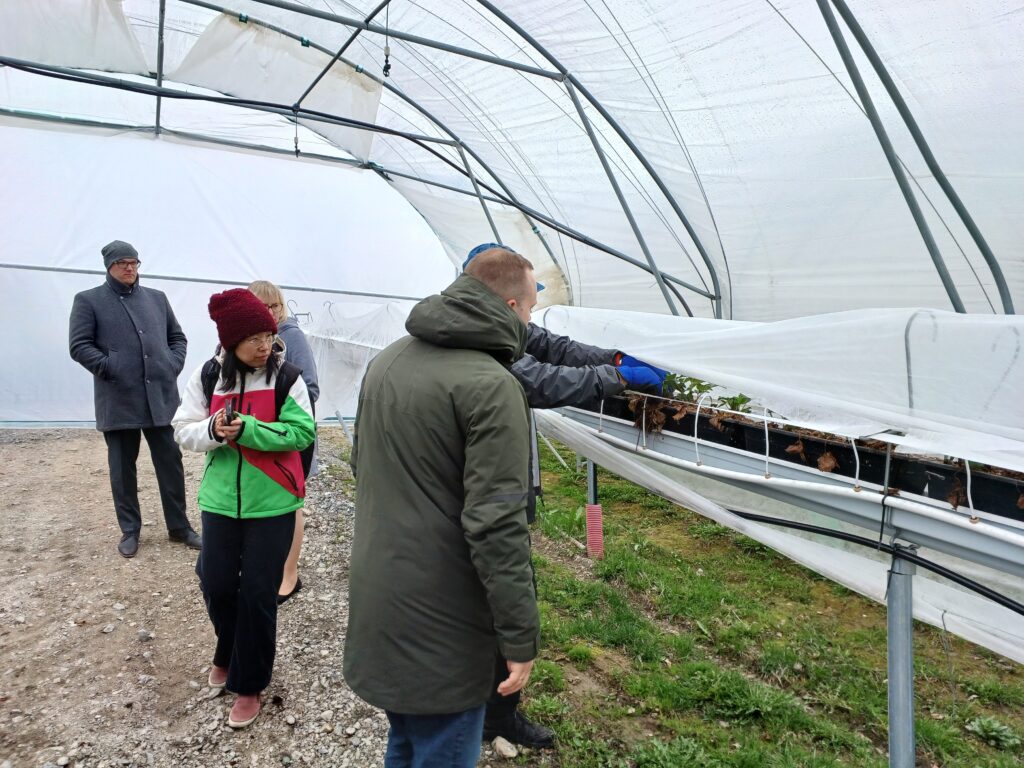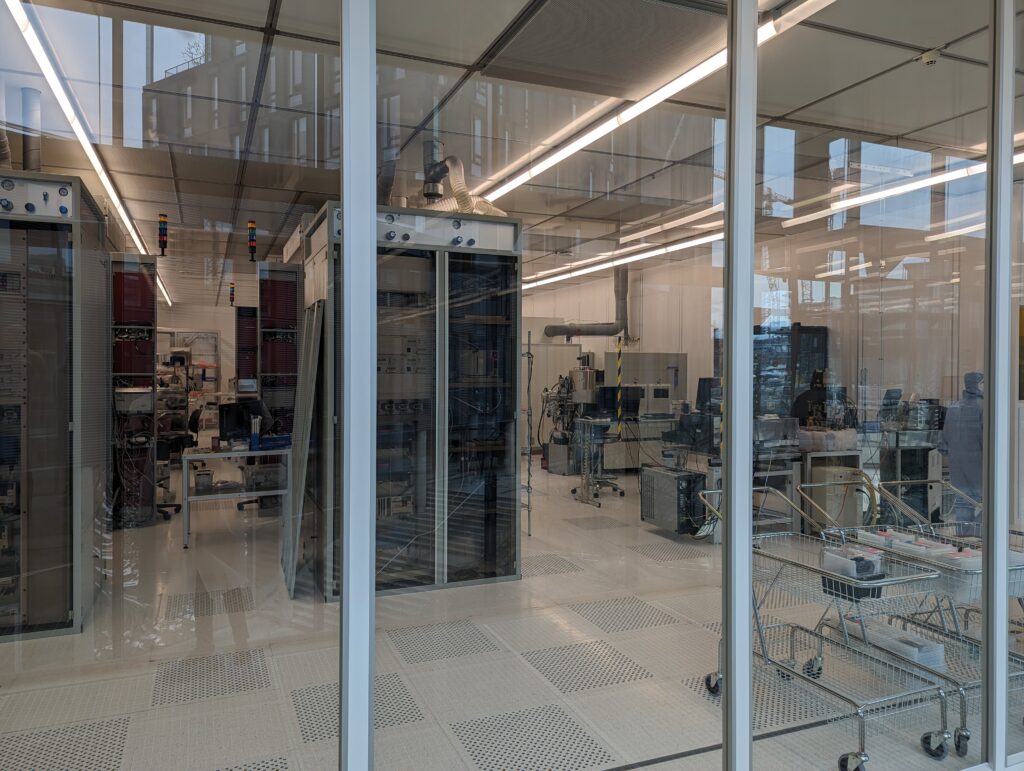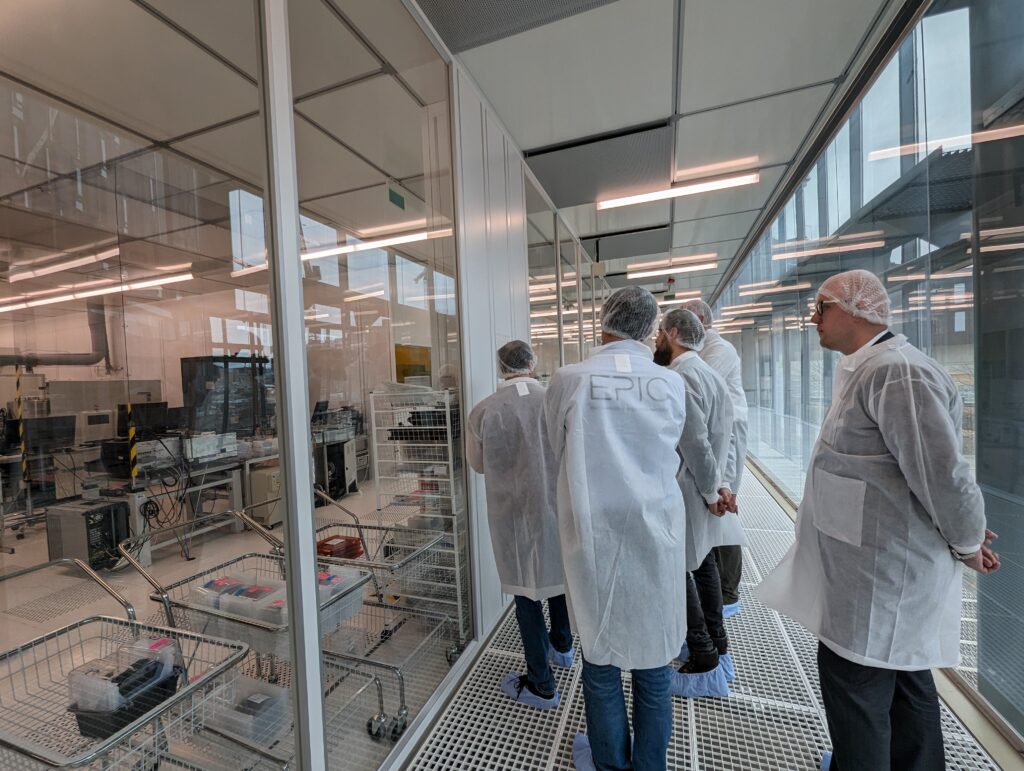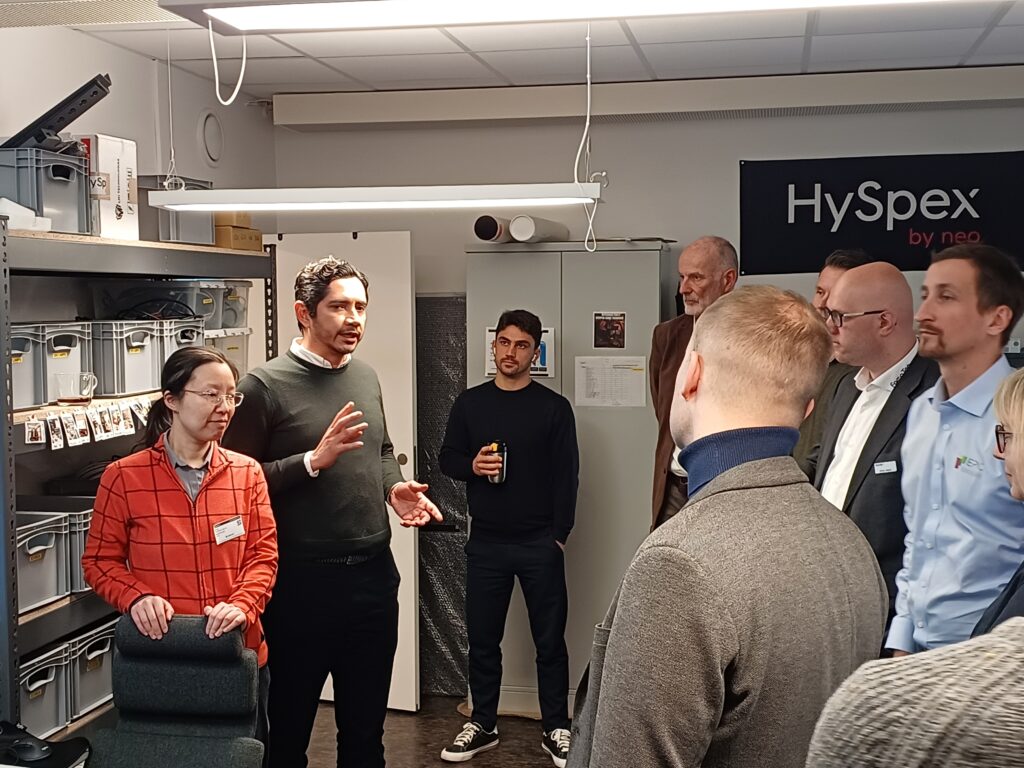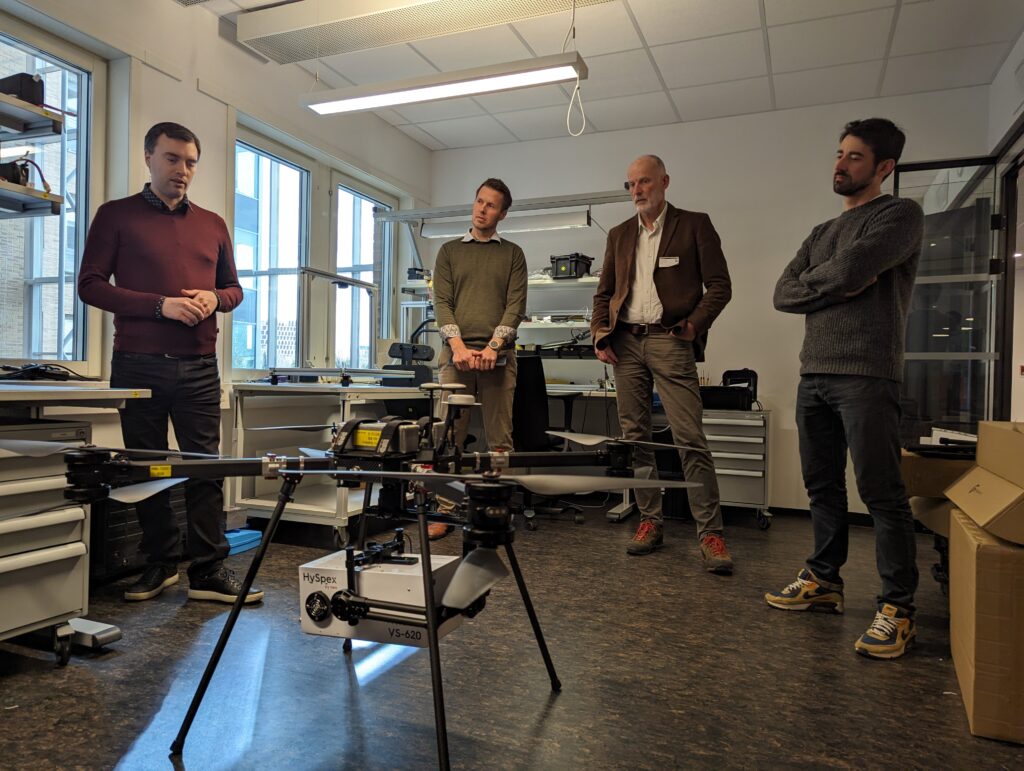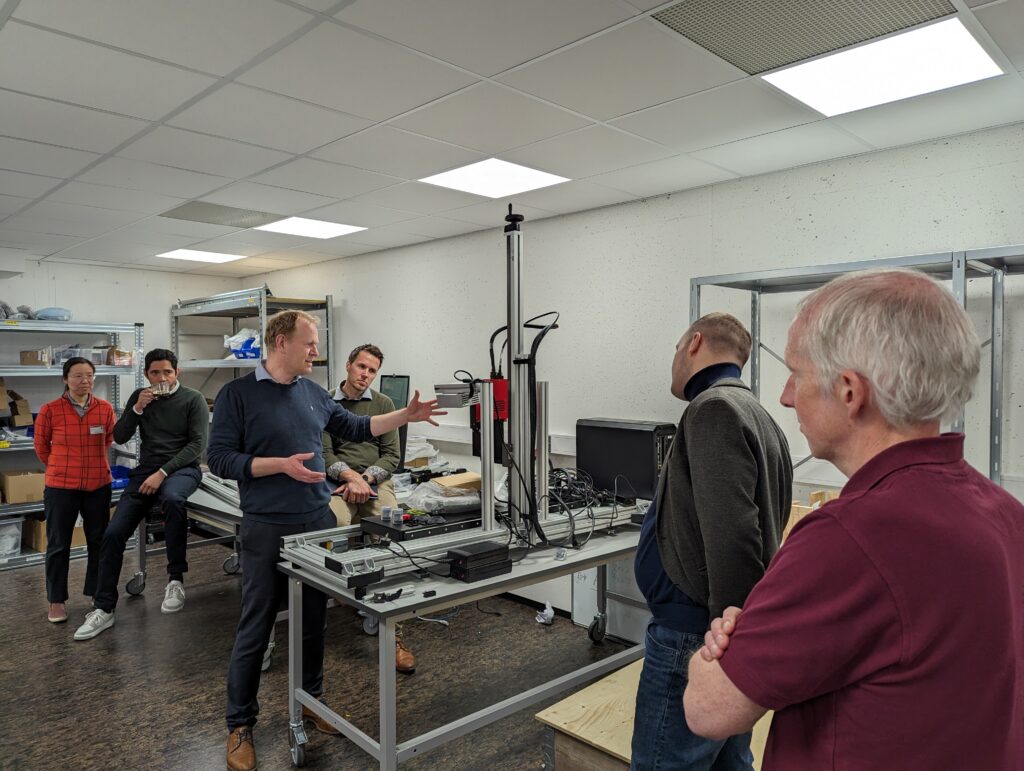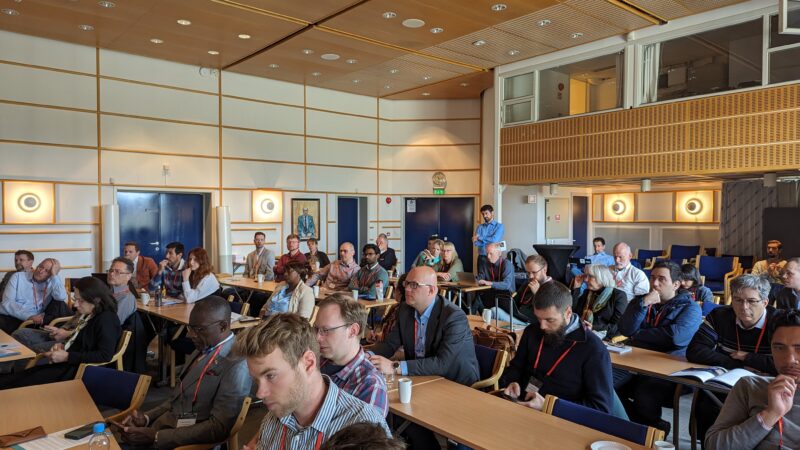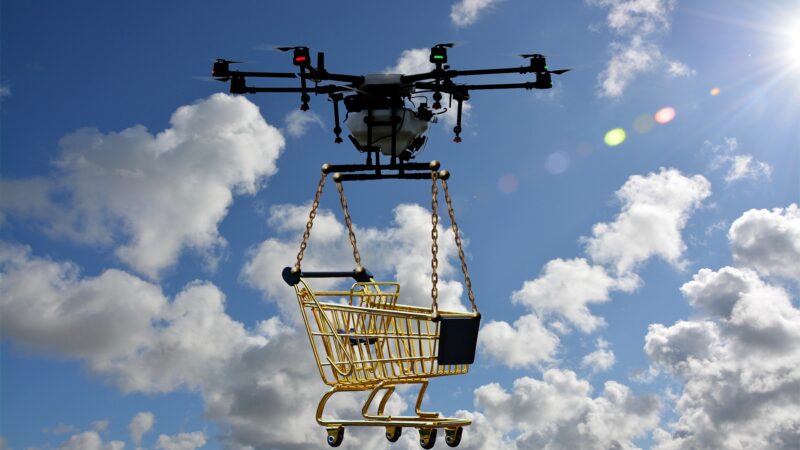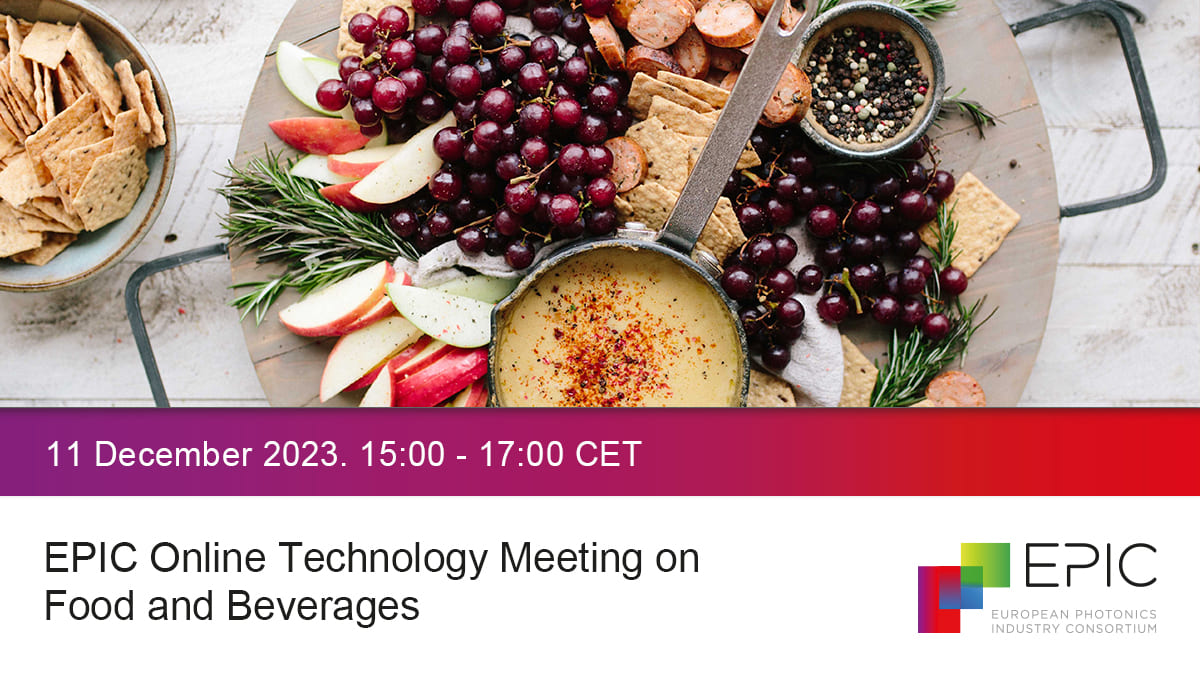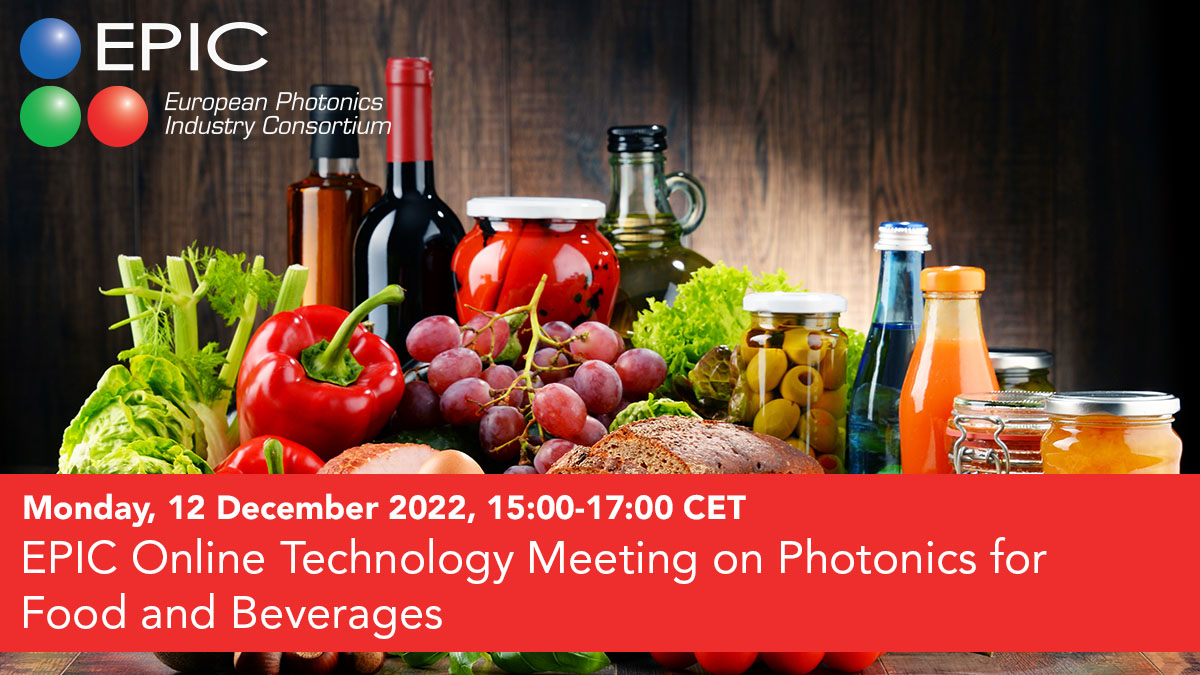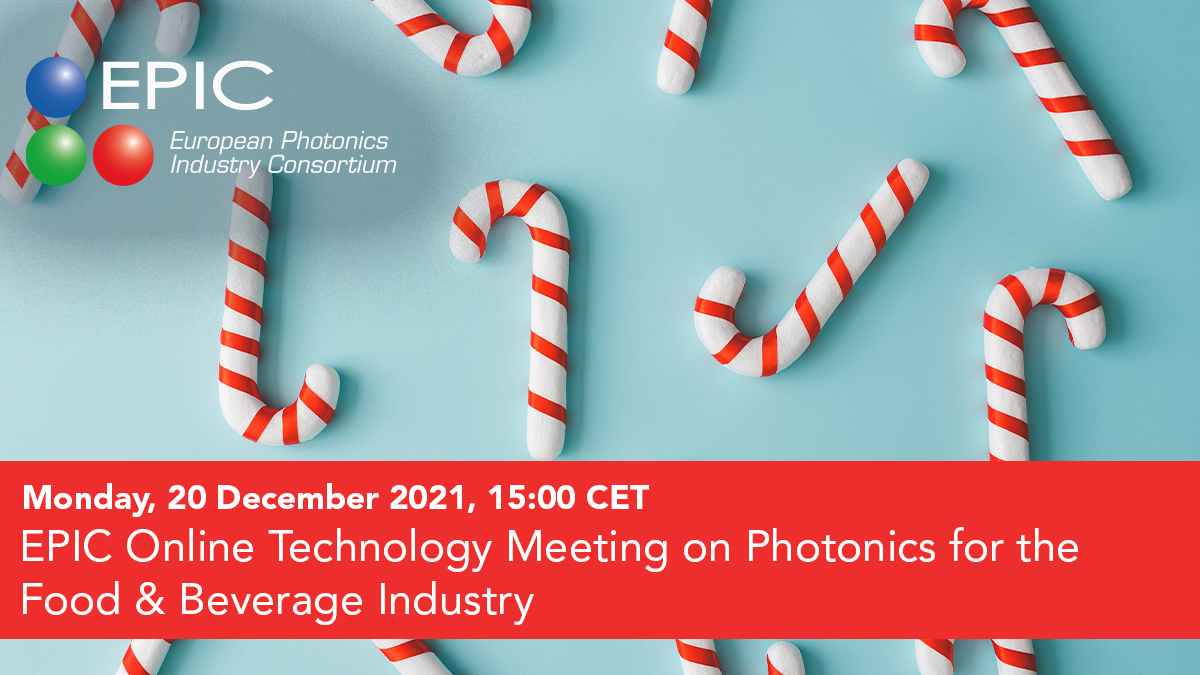What can do Photonics for AgriFood Industry?
Photonics applications in the Agrifood industry are enourmous but also the gap between high tech and end users, often leaving farmers and food processors unaware of photonics’ potential in their industry. Photonics technologies, ranging from field and crop monitoring to food processing and spectroscopic food analysis, offer invaluable solutions from farm to fork. That was the topic of the EPIC Technology Meeting on Photonics for Agrifood Industry hosted at Digifoods in Oslo, Norway.


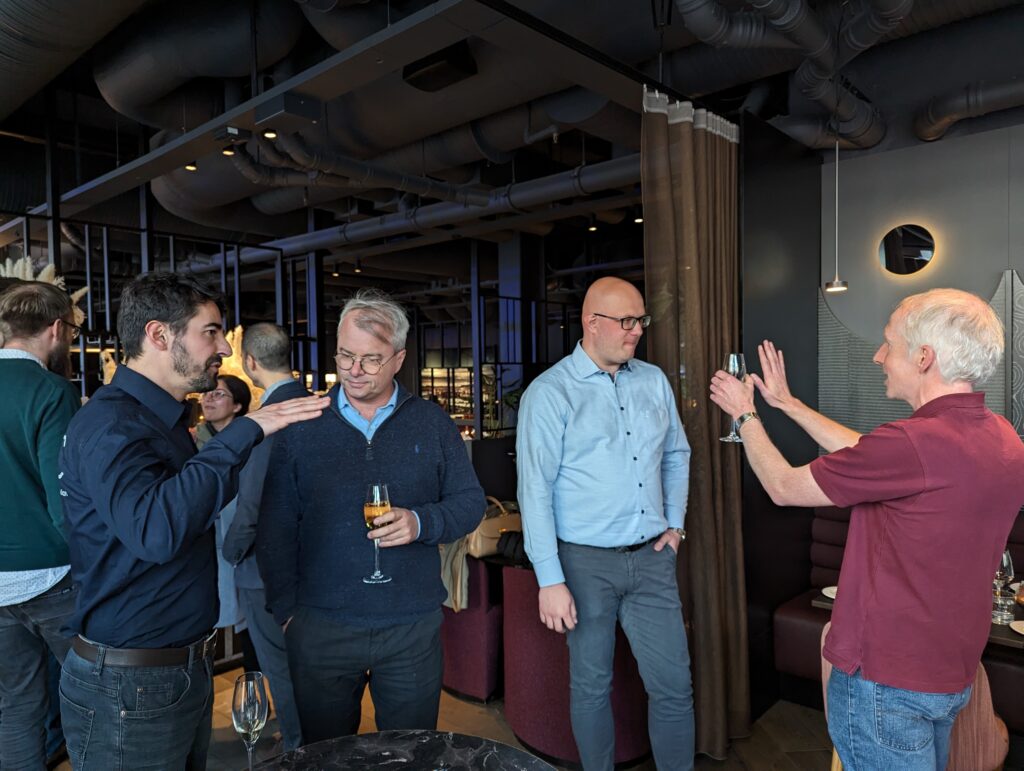
The meeting aimed to connect photonics innovators with early adopters, with the objective of fostering international collaborative approaches, because this global challenge transcends national boundaries. More than 60 international participants attended this meeting, that was sponsored by Hamamatsu Photonics and tec5, with the support of Nofima and the EU Project RETINA. See the full album of pictures of the meeting here.
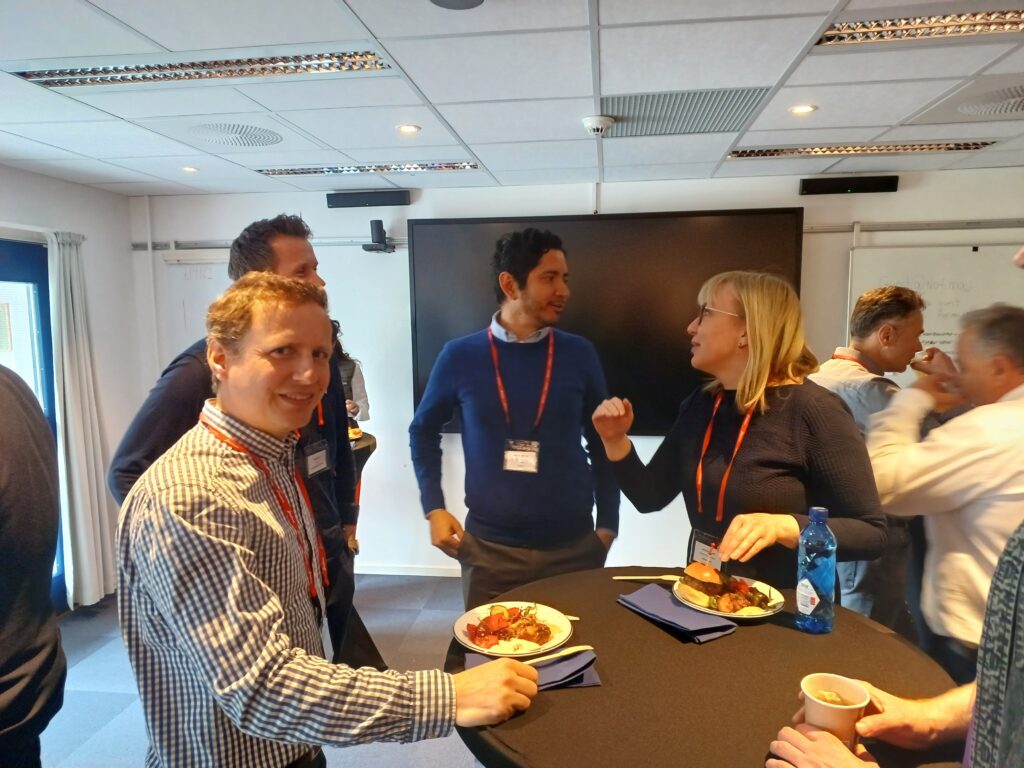
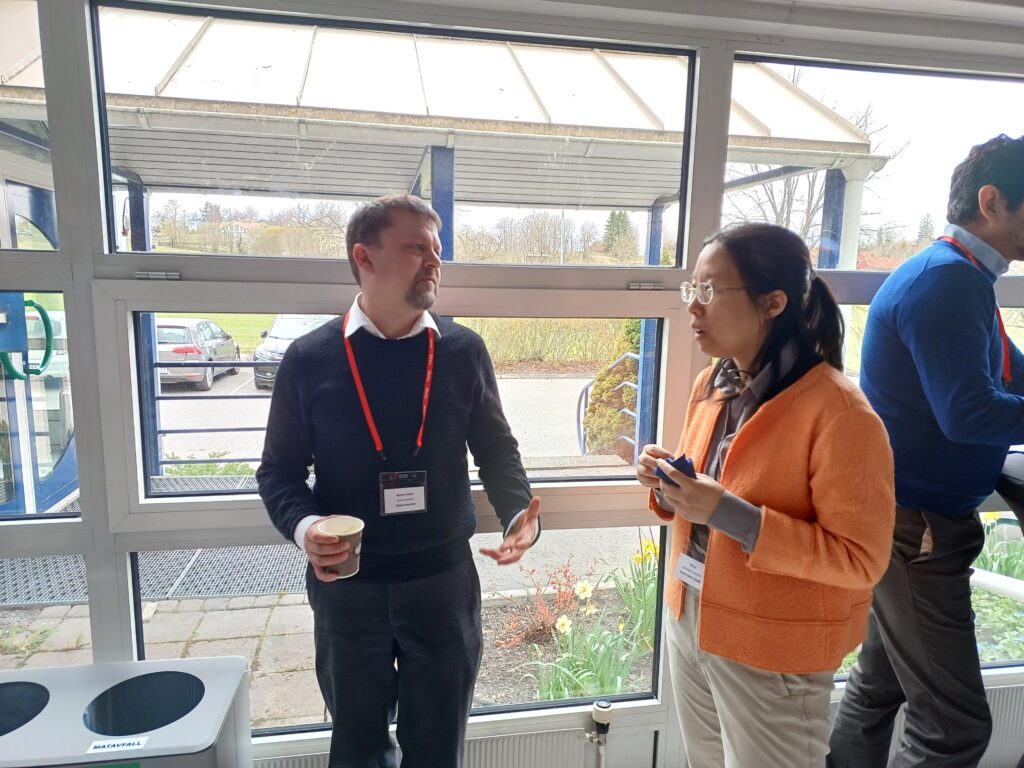
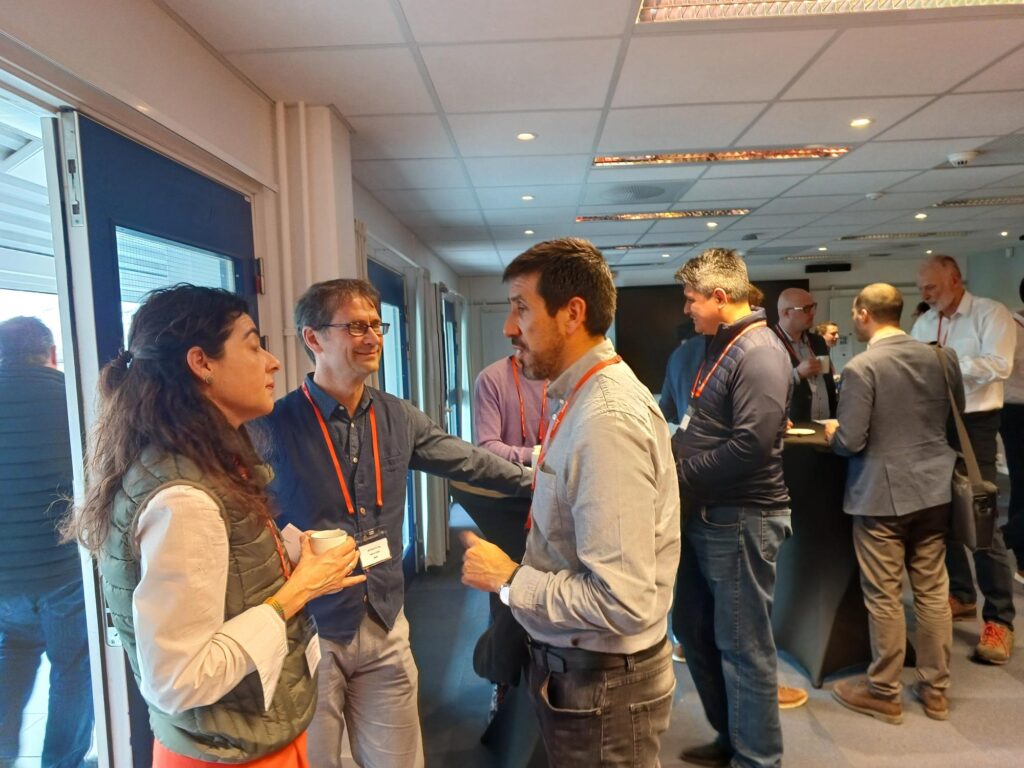
In this article, you will find the abstracts of some presentations that were given during the meeting focused on Photonics applications in the Agrifood industry. You can download the rest of the Power Points from the event page.
Advances in AgriFood-Relevant Photonics Solutions: a Focus on Spectral Imaging
Julien Romann, R&D Coordinator, Spectral Imaging Engineer at Photonlines
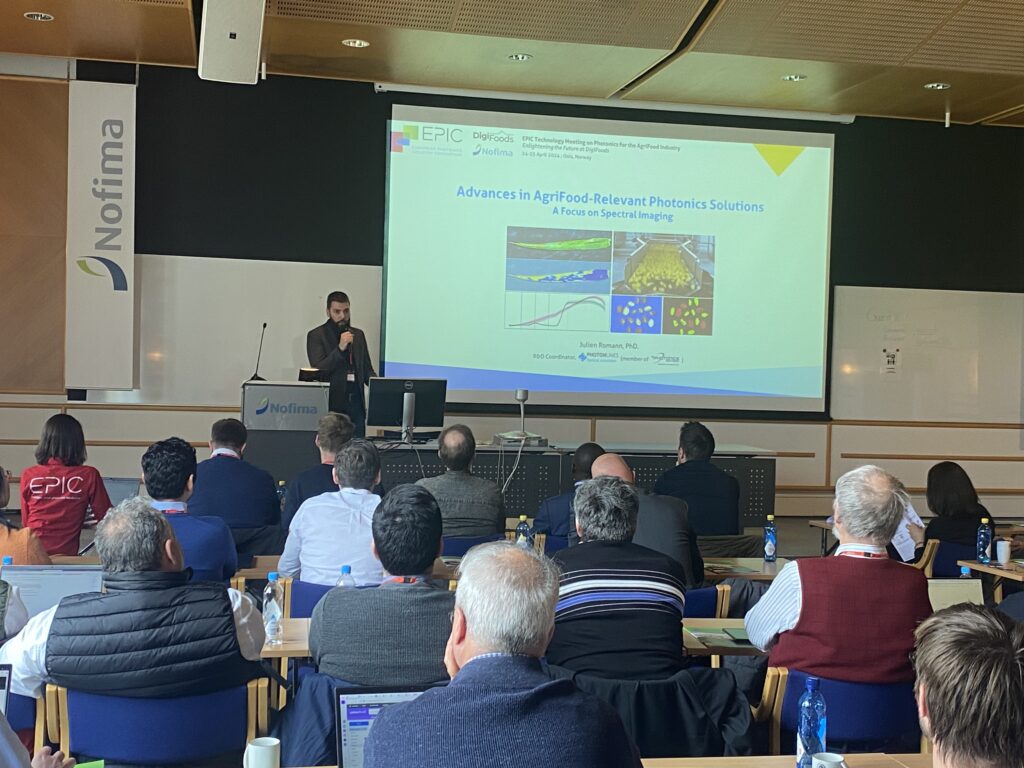
Photonics are key technologies for the modernization of the agrifood world. They are non-destructive, contactless, and versatile. Several photonics solutions are currently implemented in agrifood applications, such as computer vision, optical spectroscopy, and spectral imaging.
Computer vision has a wide range of applications in the agrifood market, as it can be used in automated systems to monitor visual quality parameters of food products. Optical spectroscopy is also used in both agriculture and the food industry for its ability to monitor the composition of food products. Combining the principles of computer vision and optical spectroscopy, spectral imaging is an emerging technology with high potential impact on several agrifood markets.
Although mostly present in precision agriculture remote sensing for many years, spectral imaging seems bound to significantly expand in both ground-based precision agriculture (with applications like crop disease detection, mapping of hydric stress, or nutrient deficiencies) and the food industry (foreign object detection, mapping of ingredients in heterogeneous food products).
Current efforts are being made to better adapt spectral imaging to the needs of the agrifood market (spectral ranges, speed, cost, and integration capabilities). More generally, many initiatives already announce exciting prospects for the expansion of photonics solutions in the agrifood market.
Photonics in Sustainable Food Industry
Maria Cardona, Corporate Director of Food Safety and Quality Assurance at Familia Martínez.

At Familia Martínez, our commitment to sustainable practices guides our role as end-users in the field of photonics seeking for solutions in a variety of l issues of main importance:
Food Safety, quality control and inspection
Processing and manufacturing monitorization
Optimizing cleaning Processes
Our needs involve:
Implementing cutting-edge technology to cover key aspects of food safety and quality in our manufacturing processes
Enhancing our current operational and cost performance
The Integrator plays an essential role bridging cutting-edge technology with efficient manufacturing processes, and indeed an effiicient facilitator is needed in a competitive productive environment.
We actively explore opportunities for strategic collaborations. These alliances can drive innovation, enhance efficiency, and create value across the board.
Agrophotonic: How to Manage Innovation in a Global but Frugal and Highly Segmented Market.
Jacques Cochard, Partner at TEMATYS
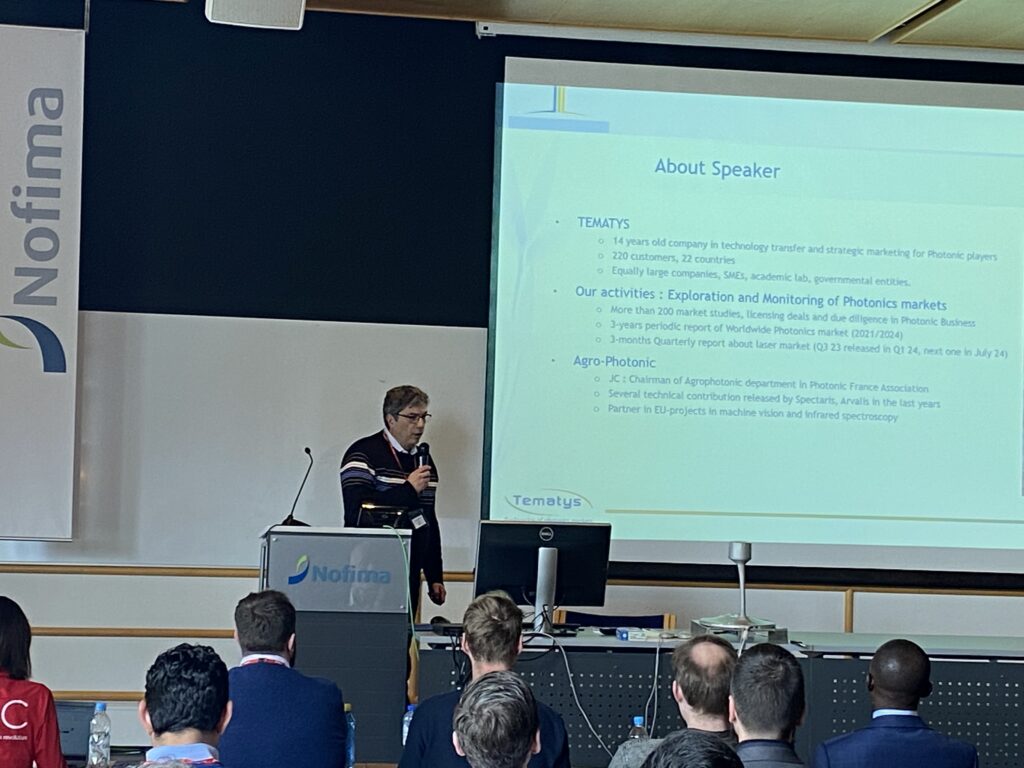
For a long time, agriculture was able to feed the world by cultivating more land and increasing inputs, fertilizers, and the use of pesticides. But it began to reach its limits in the 1980s. The addition of more and more inputs has now become less efficient, and the resulting pollution caused by excess inputs in soil, rivers and groundwater is giving cause for concern and becoming less acceptable. Imaging, spectroscopy and other photonic tools became reliable tools in the last 20s to turn chemistry-intensive farming into precision agriculture. But if the technology is available, sales in this field faced severe challenge, linked to product development that should fit with strong diversity of cultures, soils, ecosystems and business development that should fit with strong variety of customers, from large landowners to small farmers, as well as diverse national regulations. Moreover, agriculture and agrifood industry is still a low margin economy as evidenced by the protests of farmers across Europe and with R&D intensity below 2%.
Are there commercial solutions developed in other industries (medical, security, pharmaceutical industry, mining, space observation) that could fit with agricultural needs at the right price with lower development cost ? In his presentation, Jacques Cochard included real-life examples.
Opportunities, Challenges, Trends and Perspectives for the Cocoa (Theobroma cacao) Value Chain
James Enang, Deputy General Manager at Cocoa Development Corporation, SODECAO (Cameroon)
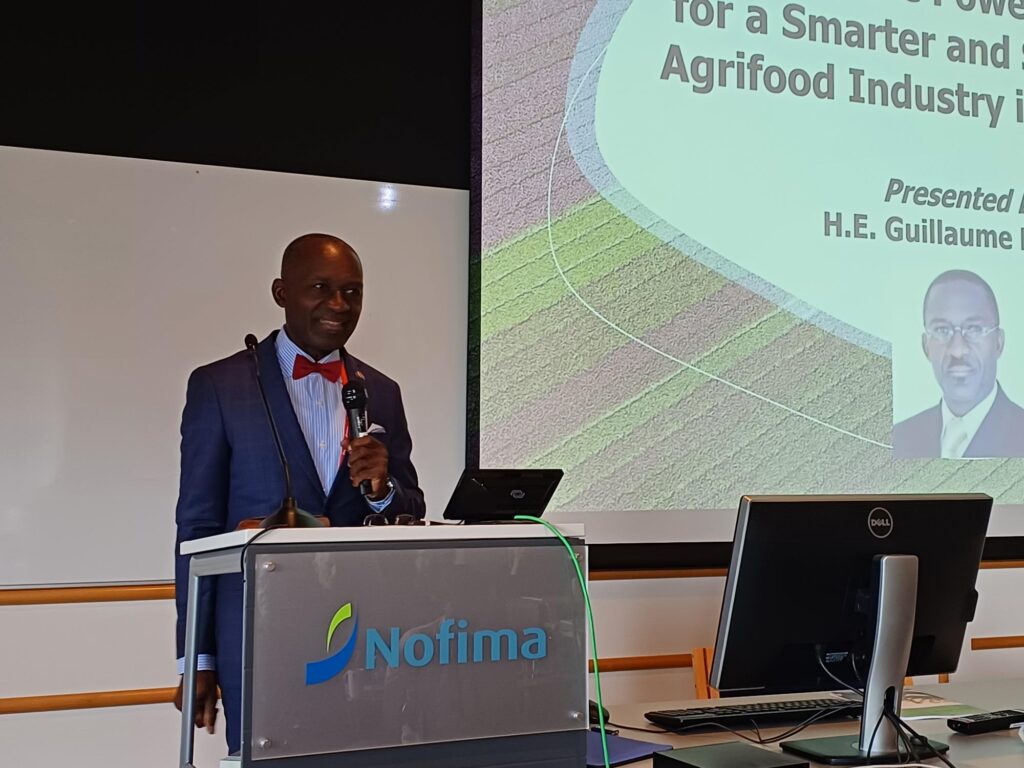
Cocoa (also known as Theobroma cacao L. by its scientific name) has become a strategic and major agricultural commodity and plays a key role in the agrifood industry. It is of economic importance both for producing and consuming countries, as it generates significant export revenues, income, and employment. Additionally, it serves as an important ingredient in the confectionery, food, and beverage industries, and more recently, in the pharmaceutical and cosmetics industries.
The cocoa value chain faces a number of deeply embedded, interrelated challenges. To promote the development of the cocoa value chain in Cameroon, the government created the Cocoa Development Corporation (SODECAO). However, the results of its intervention have not yielded the expected outcomes and impact. Recent technological advances, such as photonics technologies, offer an opportunity to enhance the development of the cocoa value chain.
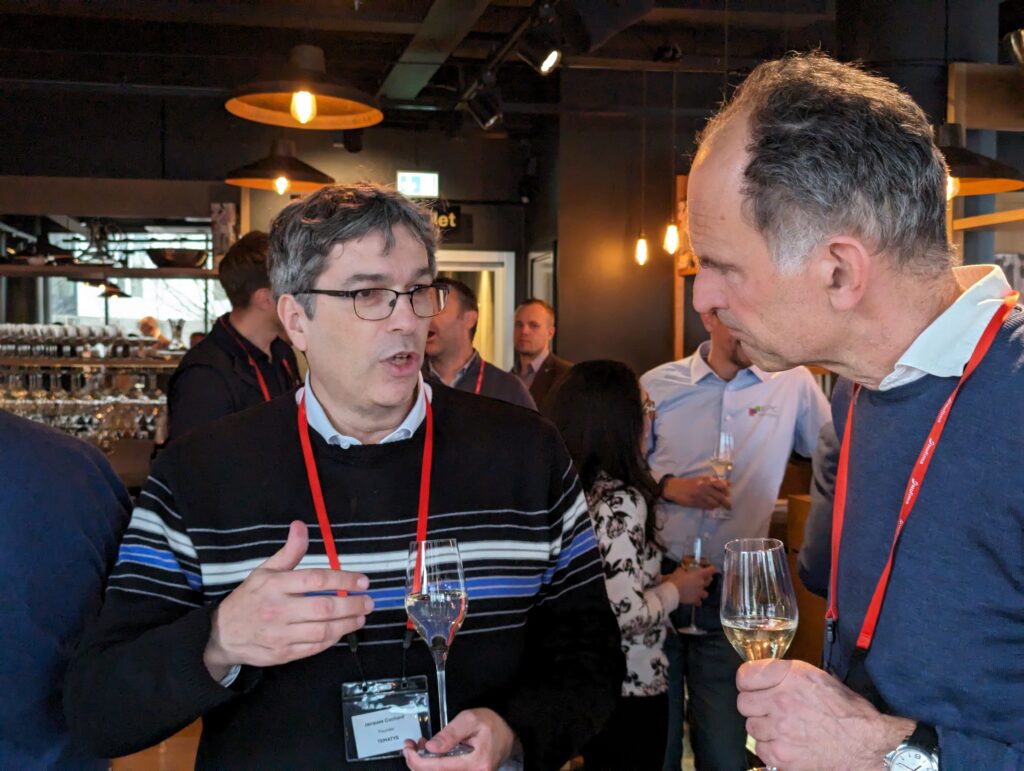
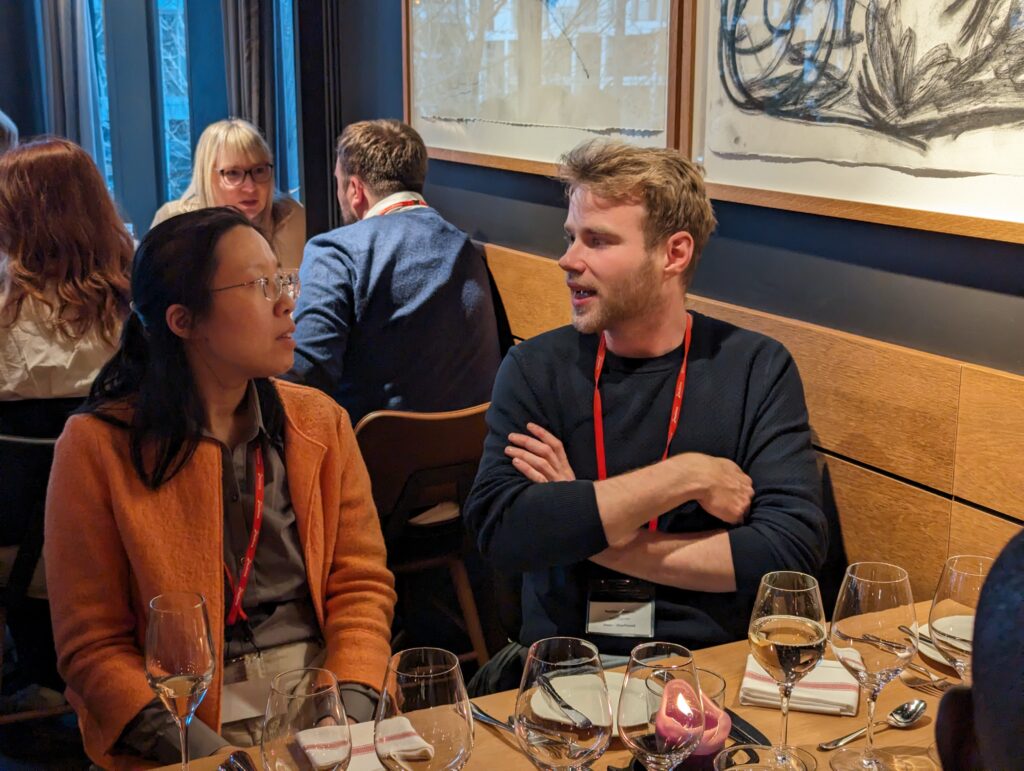
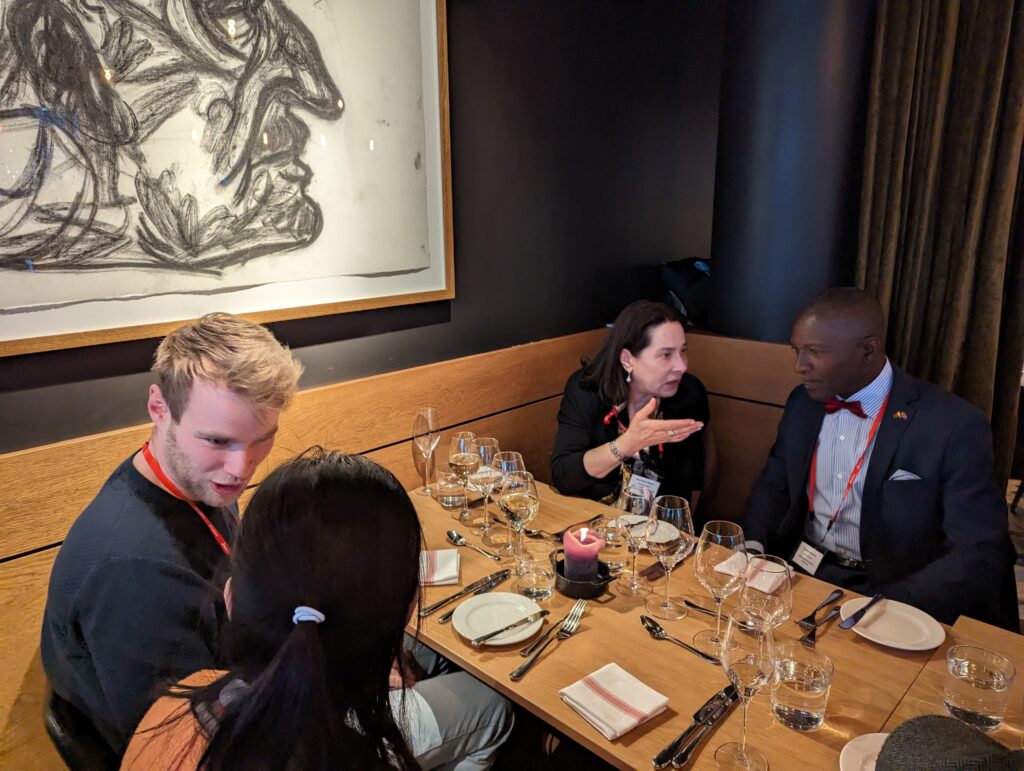
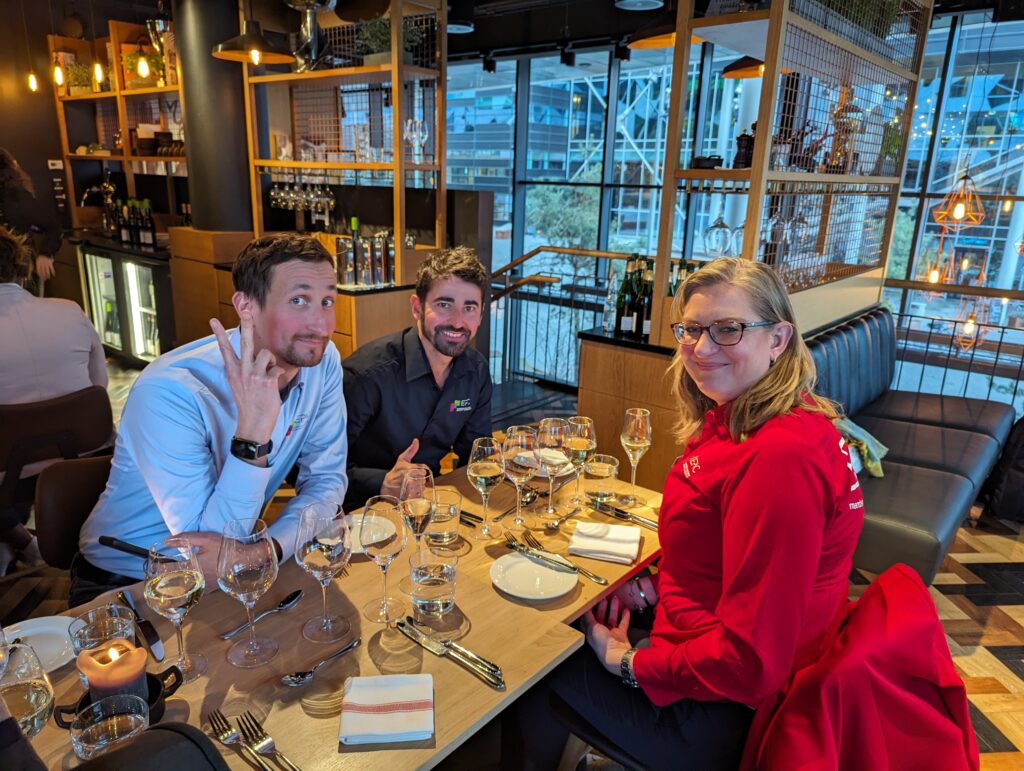
During the meeting attendees had networking moments to exchange ideas and foster collaborations.
PLAN P- Project for protein plant Food Analysis and control using Spectroscopy
Hugues Tariel, CEO and Co-founder at Diafir
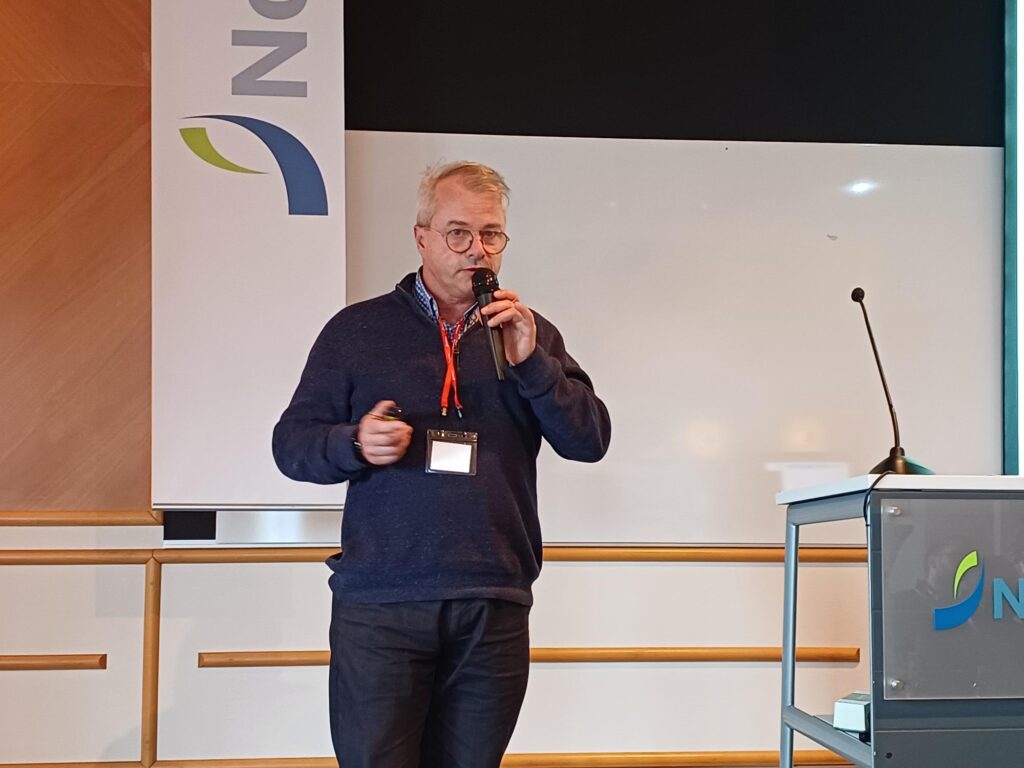
To help the food industry transition to a more sustainable model, PLAN P develops a digital solution for the conception and production of sustainable food based on plant proteins. Data linked to the external and internal quality of dispersed systems such as emulsions and foams has been collected on several preparations using 26 different plant protein sources. NMR and infrared spectral data were collected on more than 200 samples, together with physicochemical parameters and emulsifying, foaming, and gelation properties. Then, we used a machine learning multi-model approach to correlate data with infrared spectra measured in the lab and a pilot plant. The result is a model that helps predict the quality of new preparations online or faster than a full characterization project. Full results are expected in June 2024.
Light-powered Innovation for Smart Agriculture
Julien Zichi, Technical Sales Engineer Hamamatsu Photonics
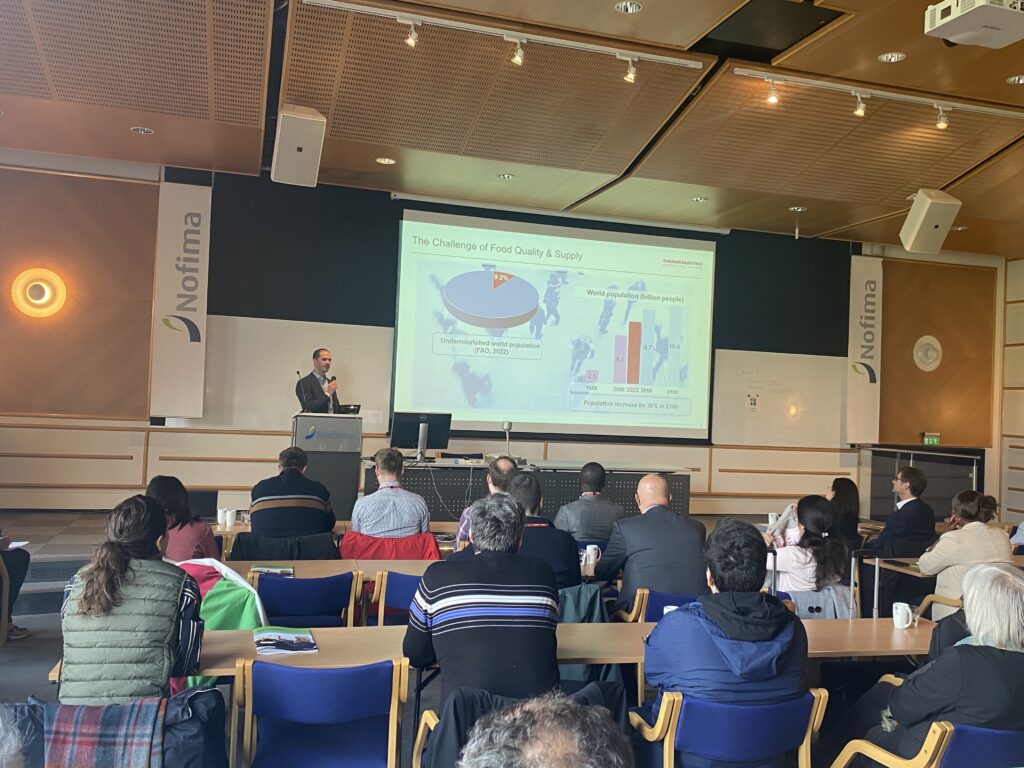
Through 70 years in the photonics business, Hamamatsu Photonics has developed an unparalleled portfolio of sensors and light sources. Through close collaboration with our customers, we have gained extensive knowledge of the markets where photonics solutions are essential. Among these markets, one of the most critical for humanity is food and agriculture. In his talk, Julien presented Photonics applications in the Agrifood industry and how light-powered innovation enables smarter agriculture to feed a rapidly growing population in an ever-changing environment.
Optimizing spectral systems: Practical designs for Agritech applications
Nicolas Cantale, Senior Project Manager, CSEM
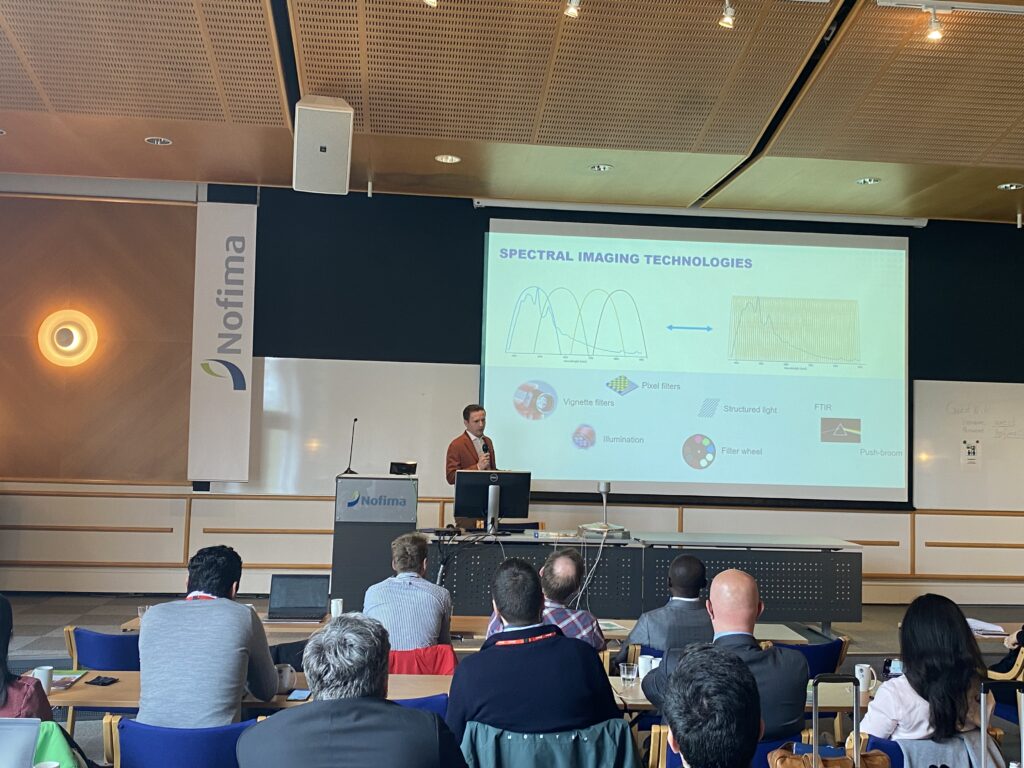
In his presentation, Cantale explored the development of practical spectral imaging systems, focusing on the transition from Hyperspectral Imaging (HSI) to Multispectral Imaging (MSI) across the Visible (VIS) and Short-Wave Infrared (SWIR) spectra for agritech applications. He presented a selection of HSI and MSI technologies, emphasizing their relevance and utility in precision agriculture for tasks such as crop health monitoring and food quality assessment.
The core of the discussion addressed system design considerations critical for AgriTech environments, including sensor selection, optical configurations, and streamlined data processing methods tailored for the unique challenges of agricultural settings. Cantale also outlined the key technical hurdles, such as spatial and spectral resolutions tradeoffs, spectral range coverage, environmental adaptability, and integration into existing AgriTech systems, offering practical solutions and design recommendations.
Drawing from select case studies, he demonstrated the real-world impact of these spectral imaging systems in AgriTech, showcasing how they contribute to increased accuracy and efficiency in agricultural practices.
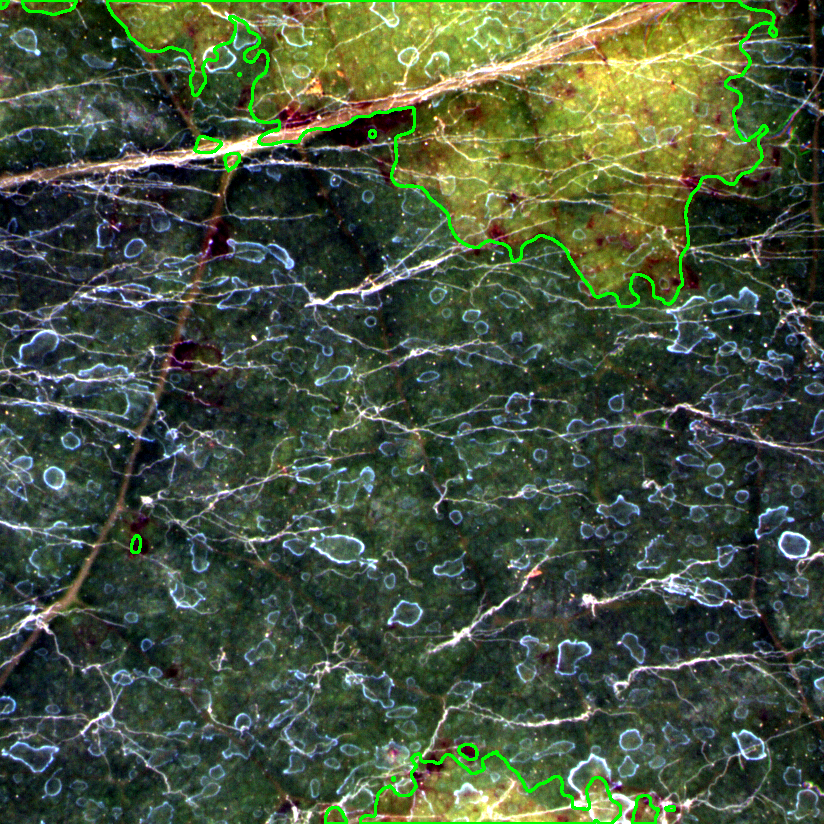
Image of a false color reconstruction of a vine leaf using MSI to highlight Downy Mildew contamination. Courtesy of Nicolas Cantale.
Imaging and Spectroscopic Applications for the AgriFood Industry
Liam Lewis, Centre Head at Centre for Advanced Photonics & Process Analysis (CAPPA)
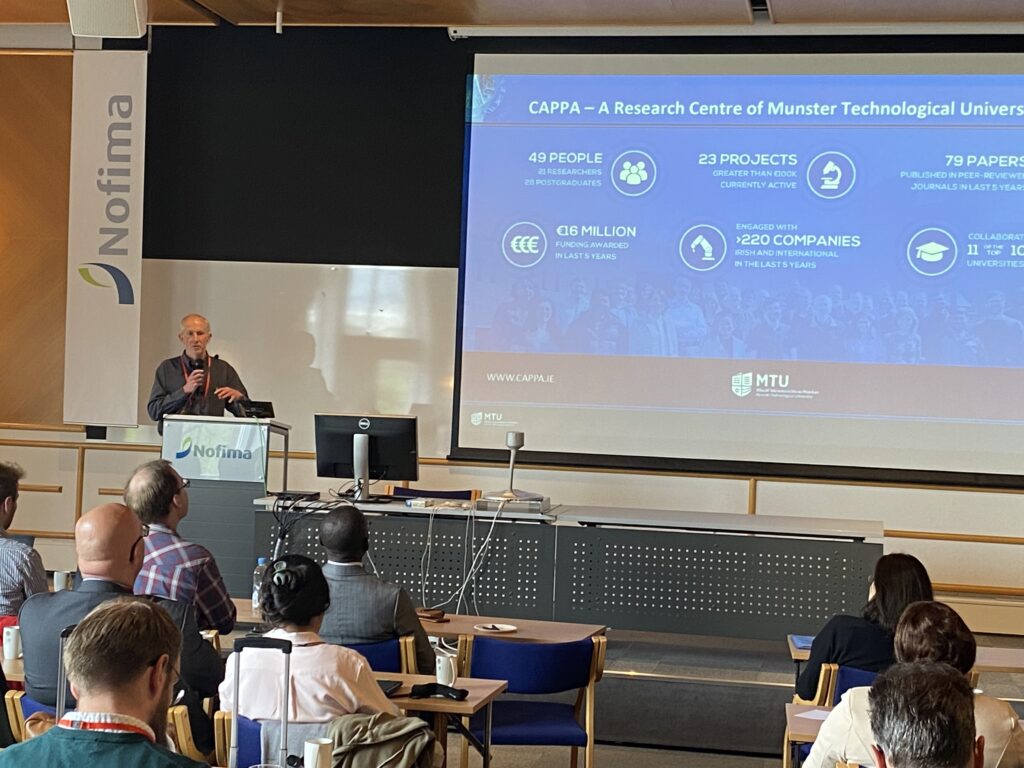
Photonics applications in the Agrifood industry are increasingly valuable in terms of their ability to provide information on quality, consistency, adulteration, process control, and packaging. In this talk, Lewis showcased examples of how targeted imaging and spectroscopy can enhance food R&D investigations and provide valuable feedback to food manufacturers, processors, and suppliers regarding their product and process controls. Additionally, we discussed novel aspects of the use of light-based technologies for the advancement of food and food-related R&D.
Company visits
The participants of the meeting had the chance to visit local companies in the Oslo area, such as Ekeberg myhrene, Sintef and Hyspex NEO
